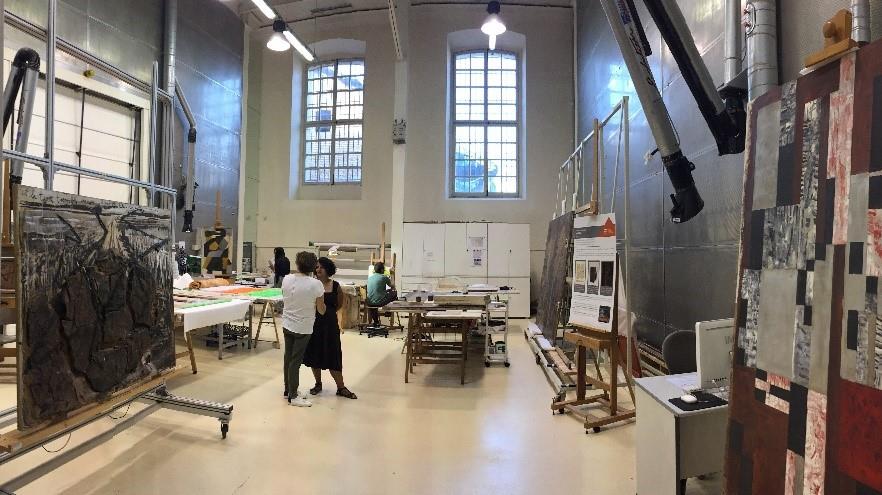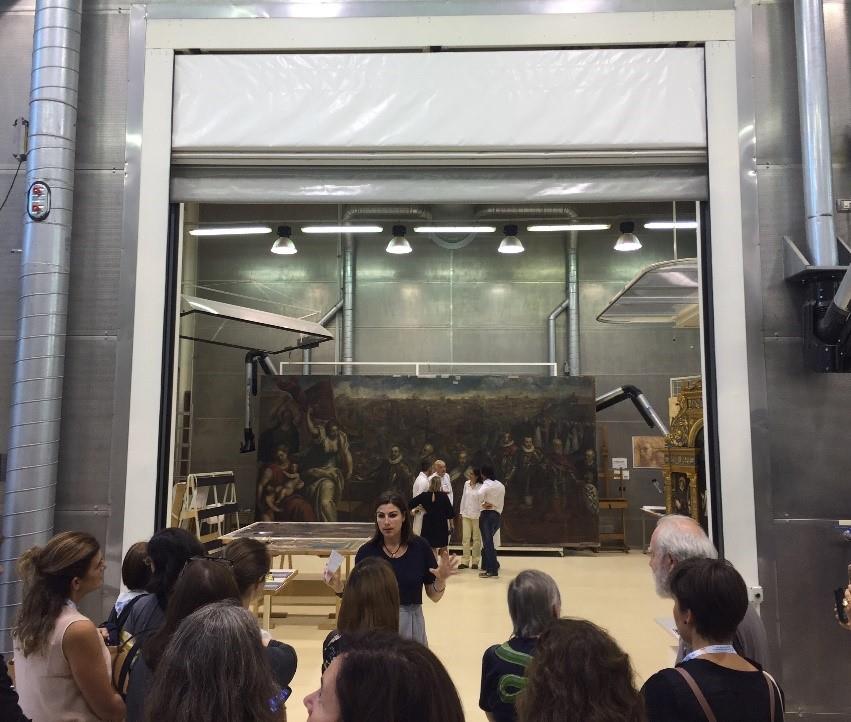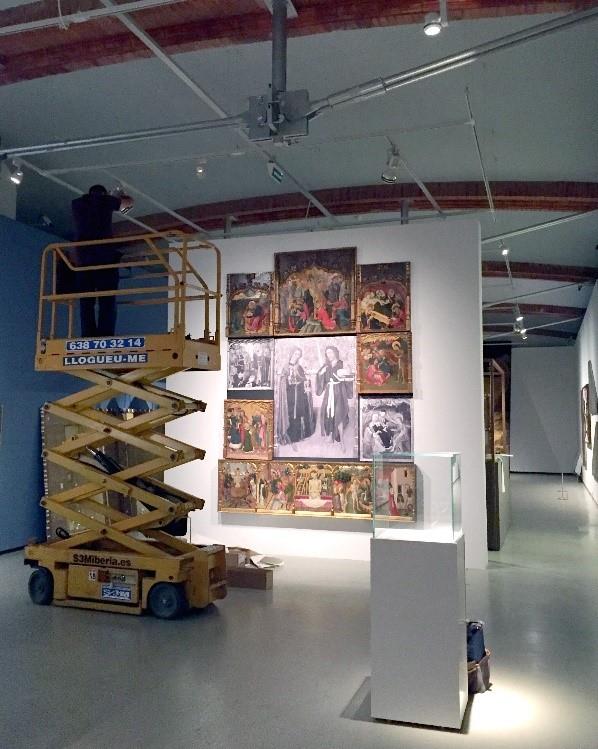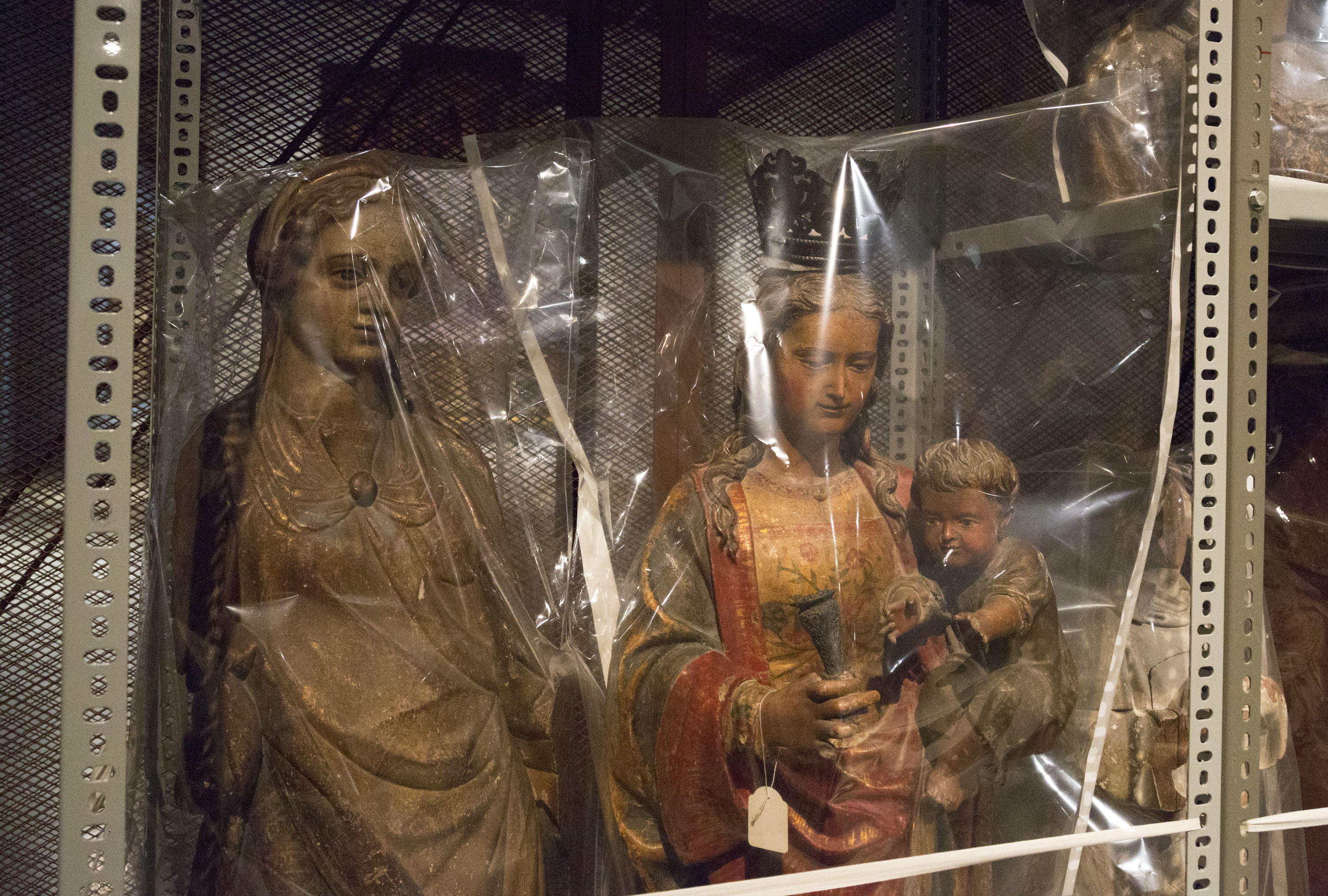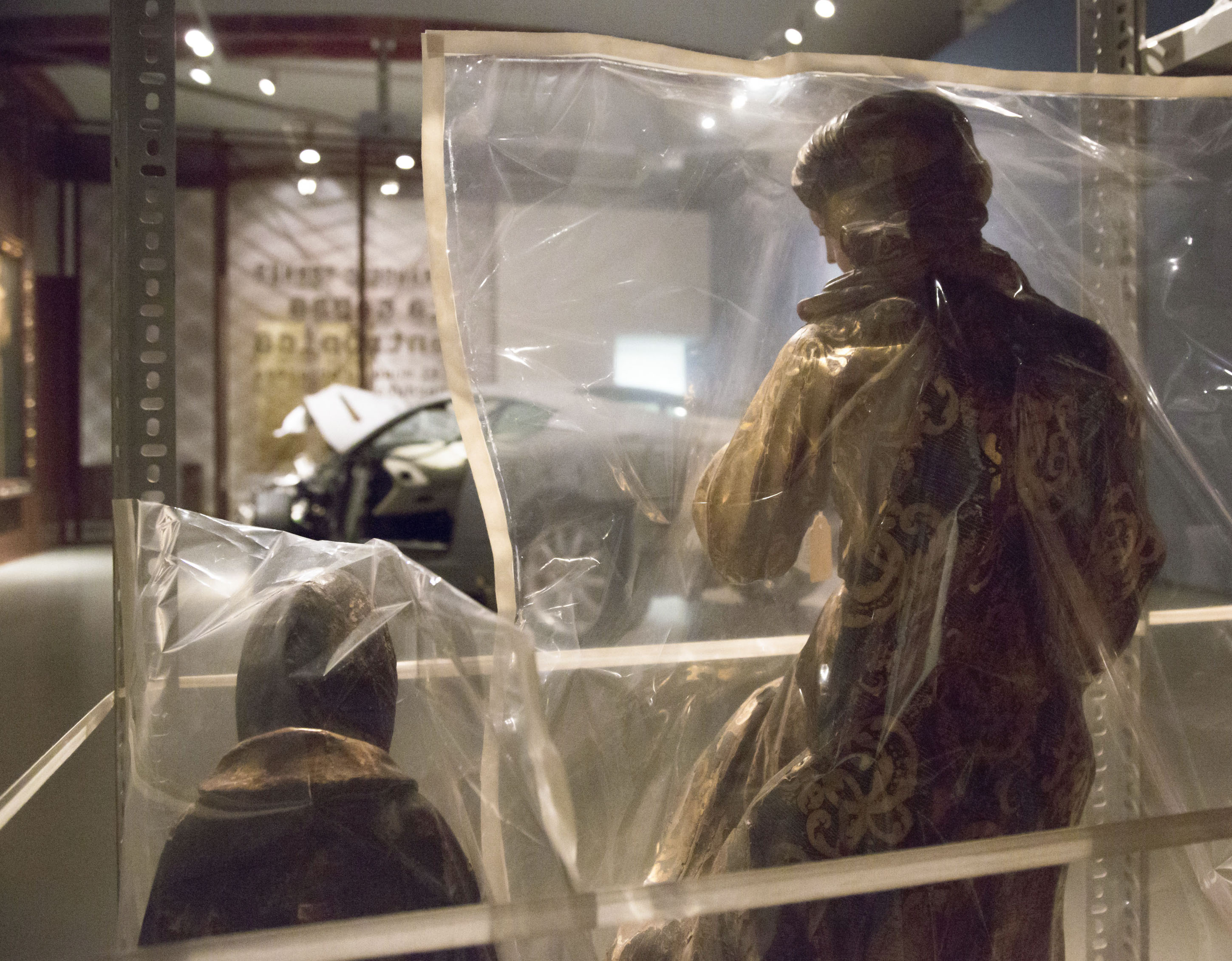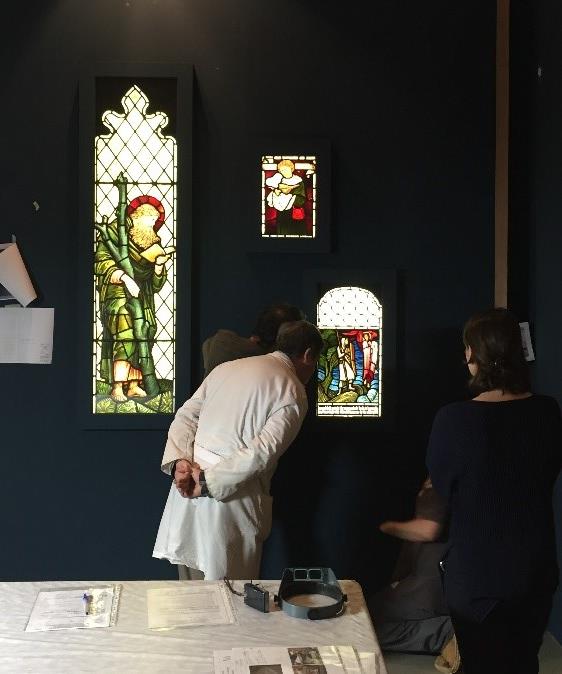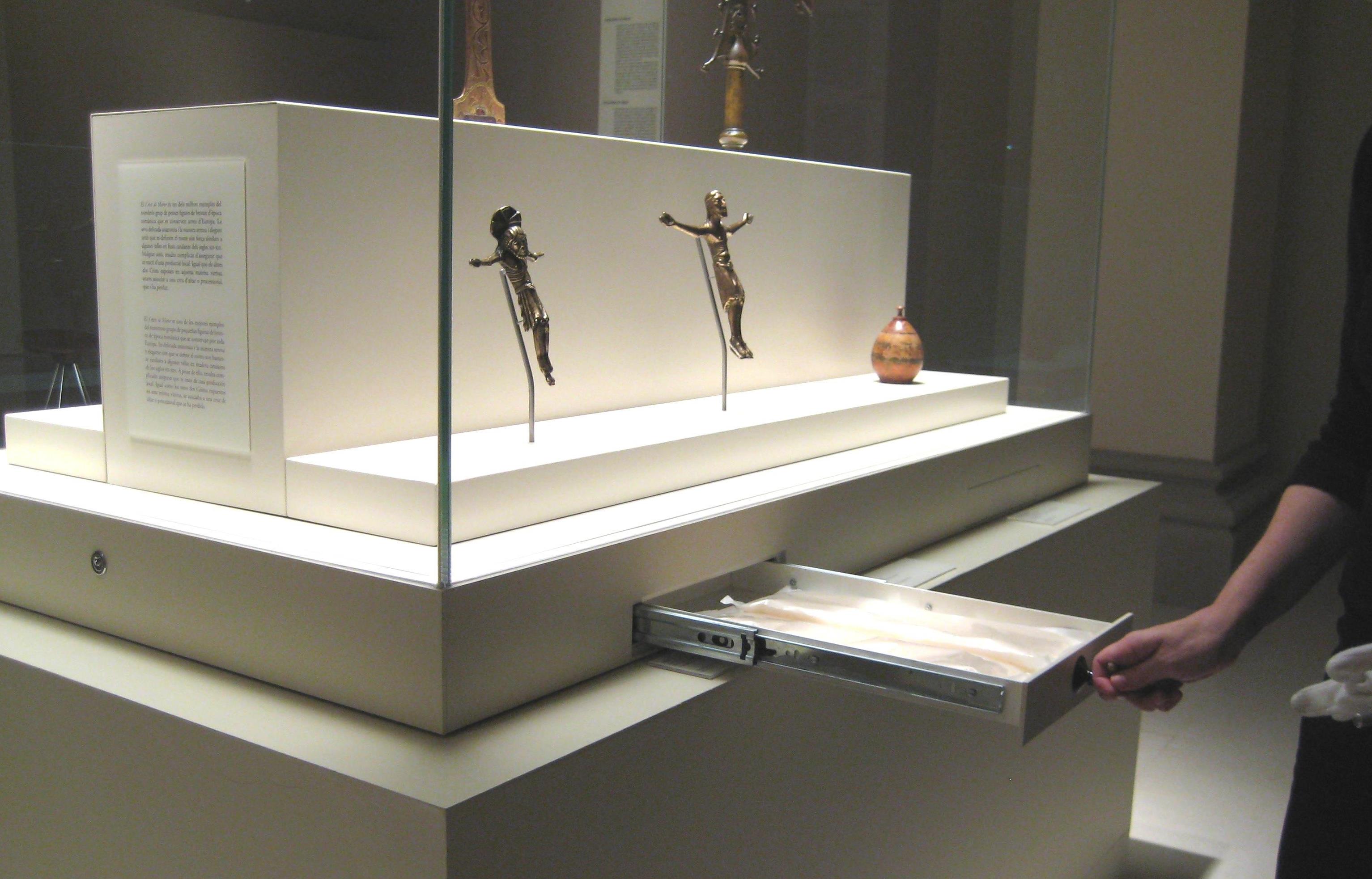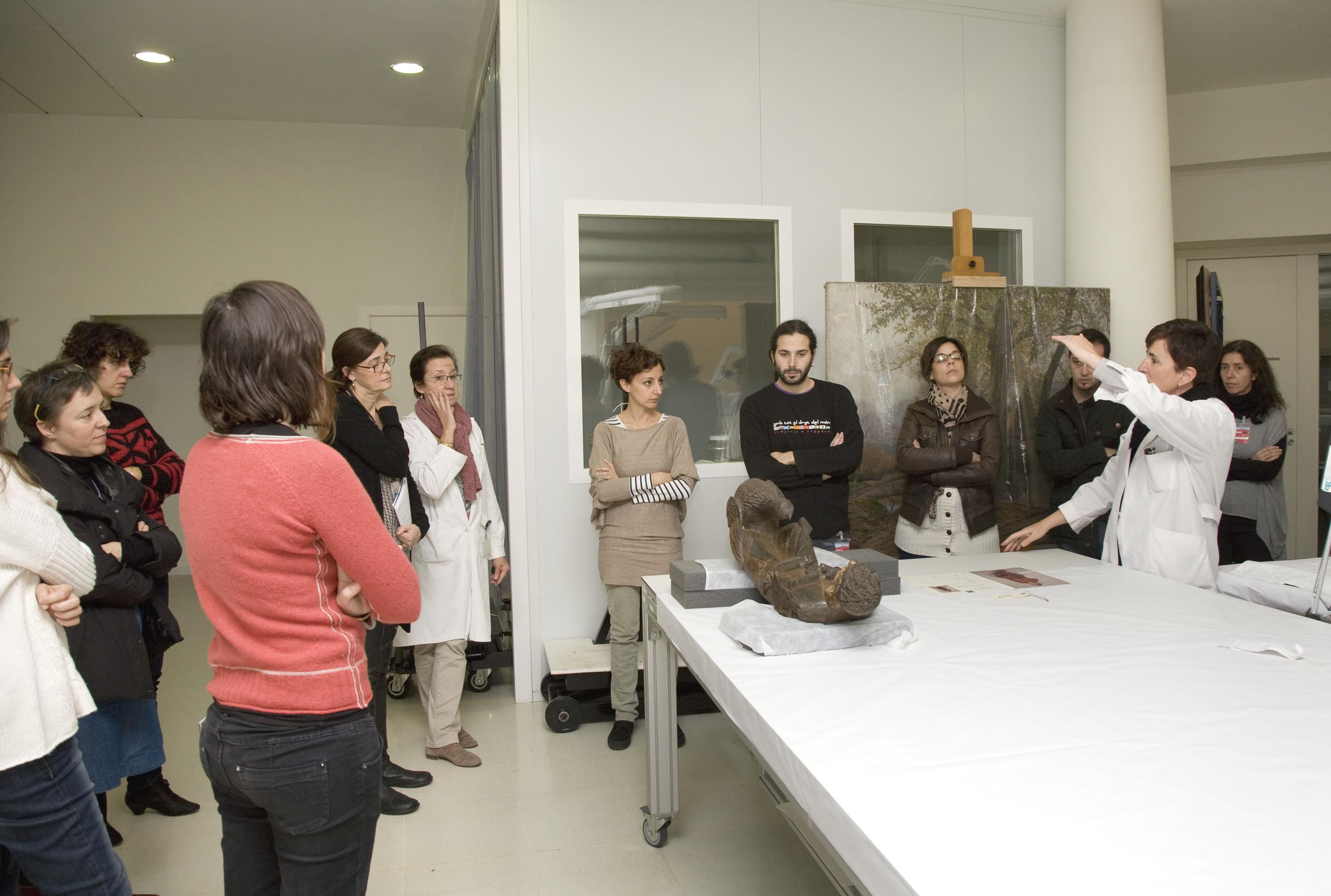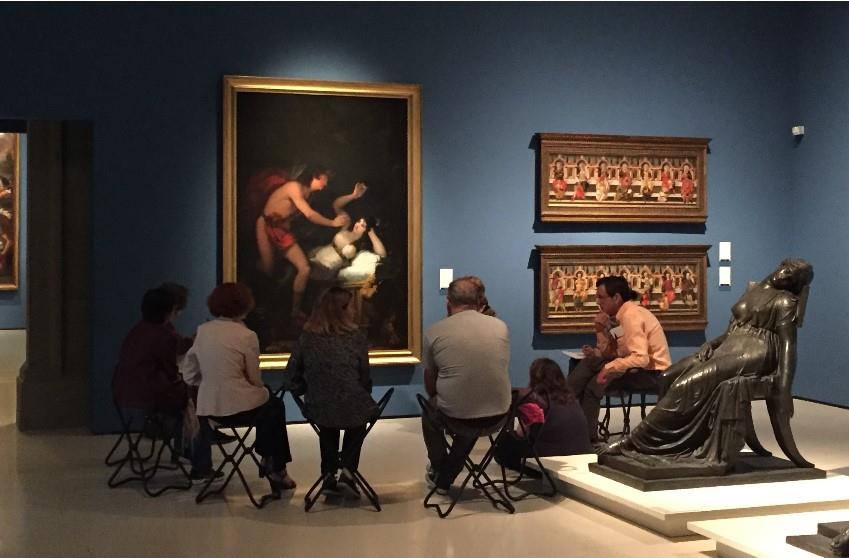Ruth Bagan
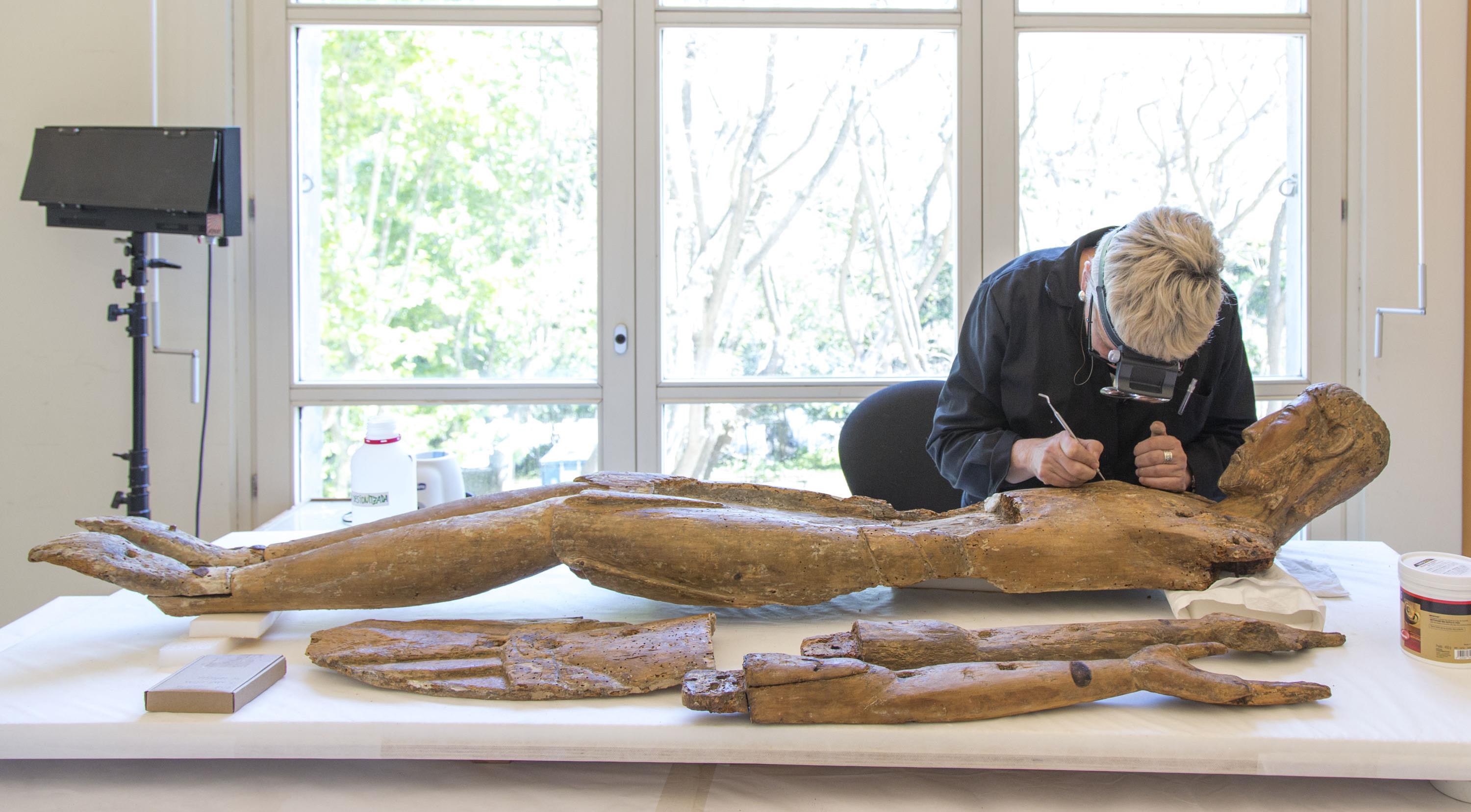
Restorating the Christ from Capdella
In September the city of Turin was the venue for the international congress of the IIC (International Institute for Conservation of Historic and Artistic Works), one of the most important institutions in the field of the preservation of the cultural heritage. The congress has been held every two years since 1961, and on this occasion the main theme was preventive conservation, under the heading Preventive Conservation: The State of the Art.
Almost 25 years have passed since the first congress devoted exclusively to this discipline, held in Ottawa in 1994. During this time, preventive conservation has reached a high degree of specialization and, in some countries, maturity.
The congress brought together professionals from 53 countries, mostly conservator-restorers, but also conservation scientists and collections managers, among others. The progress made in technical matters specifically linked to preventive conservation was discussed, along with views and perspectives of a more conceptual nature, related to the growth and the development of the profession.
Some sessions of the congress
Stefan Michalski, conservation scientist of the CCI (Canadian Conservation Institute), opened the congress presenting the Forbes Prize Lecture. He spoke brilliantly about the essence and the authenticity of objects, the relationship of these attributes to materiality and, above all, about how meaningful our work is, as the professionals responsible for preserving this “essence” conferred by the community.
We learned at first hand about the role of preventive conservation in projects as important as the GEM (Grand Egyptian Museum), which will be opening soon near the pyramids of Giza; or in the introduction of improvements to the tomb of Tutankhamun in the Valley of the Kings, in order to reduce the impact of the visitors on the paintings and to stabilize the microclimate.
The more technical papers showed how biotechnology is applied in the conservation of outdoor sculptures, or the preliminary studies behind the lighting of exceptional objects such as the Shroud of Turin, making it possible to achieve a correct perception of the details and the colour with levels of illuminance far lower than the standard in conservation.
Lighting is a core element in the conservation policies of museums. Providing guidelines for a rotation programme of exhibited works becomes a complex task full of nuances, above and beyond recommendations and standards, as one of the papers made clear, provocatively entitled Spread or Sacrifice: Dilemma for Lighting Policies.
How to deal with decision-making?
Making decisions in the field of preventive conservation is a difficult balancing act between preservation and accessibility. To give support to this task and to facilitate the outlining of a strategy for the conservation of collections, in recent years increasingly more specific tools have been developed. Some come from the field of science, from computing (as is the case of the web tool HERie presented at the congress), and others from strategic planning and risk management, like the ABC Method developed by Stefan Michalski.
In any case, it is clear that the documentation we generate – from conservation and restoration processes, and the technical studies and the monitoring of environmental conditions, among others – construct a fundamental basis for decision making and for drafting action plans in the medium and long term.
It was also the moment to take a look in order to review or readapt working methods with a long history, like the Re-Org programme of storage reorganization, or the use of conservation heating, much used in the historic buildings of the National Trust in the United Kingdom.
Towards a more sustainable conservation model
The search for sustainability in the preservation of the cultural heritage has for some time been “pushing” scientific research and collection management. In this context, the Getty Conservation Institute has presented the initiative Managing Collection Environments (MCE), which seeks to integrate more pragmatic and sustainable climate control strategies, giving conservation professionals tools to enable them to balance the needs for the preservation of the collections with institutions’ available resources. One part of this initiative is focused on the loans policies between museums, a field in which the lack of flexibility with regard to climate instructions is still widespread, whether because of uncertainty about the consequences or to avoid conflicts of responsibilities.
Sustainability resulting in low energy buildings has been present with a model of low energy storage facilities, in which the combination of ground thermal inertia, good insulation and seasonal dehumidification actions can provide quite right climate control with low energy consumption.
At the same time the plan to expand the SFMOMA (San Francisco Museum of Modern Art), finalized in 2016, has managed to considerably reduce energy costs without renouncing the needs for conservation and access to the collections. The interdisciplinary work of architects, conservator-restorers, engineers, curators and sustainability experts has been decisive.
The problems with the sustainability of current tourism models were also present with the case of Pompeii. With nearly three and a half million visitors a year, the conservation team feels it is absolutely necessary to raise the public’s awareness in order to reduce the damage caused by the impact of tourism. This awareness raising and involvement of the community in the preservation of its cultural heritage becomes fundamental in order to ensure the success of conservation programmes.
Paradigm shift and the need to adapt
One of the most positive aspects during the congress was the confirmation that, in some countries, preventive conservation has moved towards core management positions in the structure of institutions. Once again, the benefits have been shown of incorporating conservation professionals in exhibition and museum design projects from the start, in the decision-making, in order to take advantage of their expertise.
As professionals we have gone from focusing on the object and on our manual skills, to having a more global view of the collections and their context. This means having a holistic approach conservation management, and developing skills and resources that go beyond our academic training. Indeed, the concept of soft skills appeared on many occasions during the congress to refer to these skills: communicating, convincing, dialoguing, working in a team, sharing knowledge and decisions with professionals from other fields, and so on.
A good example of this working dynamic is the presentation of the National Gallery in London’s PCWG (Preventive Conservation Working Group), created by representatives of different departments of the gallery for the purpose of tackling the new challenges in matters of conservation, deriving from the increased visitor numbers, the new uses of the spaces and the collection, and the intense exhibition and loan programmes.
It is a fact that museums have changed, and are still changing. This results in new activities and new types of visitors, in a context that is increasingly complex for the conservation of collections. We have to ensure safe access to the heritage and at the same time seek sustainability in the maintenance of the collections and the organizations that preserve them. But we must also be able to adapt to change. In other words, we have to make it possible.
Recommended links:
IIC 2018 Turin Congress Preprints
Restauració i Conservació Preventiva

